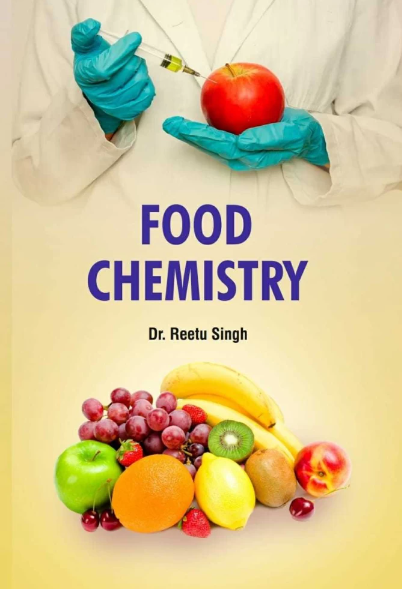Untargeted metabolomics was performed to study the profiles of 101 chemicals in lotus seeds using ultrahigh-performance liquid chromatography–photodiode array detection–high-resolution tandem mass spectrometry. Among them, 16 dimeric, 18 trimeric, and 4 tetrameric proanthocyanidins were theoretically identified based on the degree of polymerization, and the number of linkages and the presence of two dihydroflavonols and three glycosylated alkaloids were determined for the first time. The proanthocyanidin, flavonoid, amino acid, and total compound contents were quantified, revealing decreases in their levels during maturation as well as a polymerization process formation of polymers from monomers during seed maturation. Interestingly, glycosylated alkaloids were only detected in seed cotyledons being highest at green–brown stage, whereas proanthocyanidins were present at a concentration of 8,226.19 ± 249.96 μg/g (dry weight) in green–brown stage of seed coats. Our findings may provide insights into the utilization of lotus seeds as a functional food.
| 公司名称 | 产品信息 | 采购帮参考价格 | |
|---|---|---|---|
| Sigma | Acetonitrile (HPLC grade) | ¥25.00~¥327035.03 | |
| 上海源叶 | Apigenin-8-C-glucoside |
|
¥169.00~¥88937.00 |
| 上海源叶 | Apigenin-8-C-glucoside (111687–200602) |
|
¥169.00~¥88937.00 |
| Sigma | Methanol (HPLC grade) |
|
¥14.00~¥55867.47 |
| Sigma | Formic acid (99%) |
|
¥291.00~¥36448.50 |
| 上海源叶 | Nuciferine |
|
¥100.00~¥24387.00 |
| 上海源叶 | Nuciferine (W17N8Z48436) |
|
¥100.00~¥24387.00 |
| 上海源叶 | Proanthocyanidin B2 (000897–202006) |
|
¥2208.00~¥21980.00 |
| 上海源叶 | Procyanidin C1 |
|
¥410.00~¥17800.00 |
| 上海源叶 | Armepavine (001299–202005) |
|
¥10600.00~¥17500.00 |
| 上海源叶 | Gallocatechin |
|
¥110.00~¥17300.00 |
| 上海源叶 | N -Acetyl- d -phenylalanine (001560–202001) |
|
¥10758.00~¥14920.00 |
| 上海源叶 | Epicatechin |
|
¥249.00~¥11613.00 |
| 上海源叶 | Procyanidin B1 |
|
¥480.00~¥9000.00 |
| 上海源叶 | Rutin |
|
¥30.00~¥8804.00 |
| 上海源叶 | Procyanidin B2 |
|
¥129.00~¥8730.00 |
| 上海源叶 | Quercetin |
|
¥30.00~¥8412.00 |
| 上海源叶 | l -Glutamic acid (000884–202009) |
|
¥2520.00~¥6470.00 |
| 上海源叶 | Lotusine |
|
¥357.00~¥4520.00 |
| 上海源叶 | Catechin |
|
¥119.00~¥278.00 |
| 上海源叶 | Rutin (000507–202004) |
|
¥100.00~¥100.00 |
| 上海源叶 | Procyanidin C1 (001563–202006) |
|
|
| 上海源叶 | Lotusine (001561–202003) |
|
|
| 上海源叶 | Proanthocyanidin B1 (000896–202006) |
|
|
| 上海源叶 | Epicatechin (K19J9R66088) |
|
|
| 上海源叶 | Quercetin-3-O-glucuronide (001517–202008) |
|
|
| 上海源叶 | Schaftoside (000772–202008) |
|
|
| 上海源叶 | Gallocatechin (P27M11F114096) |
|
|
| 上海源叶 | Isoschaftoside (000773–202008) |
|
|
| 上海源叶 | N -nornuciferine (W22M9Z62007) |
|
|
| 上海源叶 | Armepavine |
|
|
| 上海源叶 | N -nornuciferine |
|
|
| 上海源叶 | Schaftoside |
|
|
| 上海源叶 | l -Tryptophan |
|
|
| 上海源叶 | N -acetyl- d -phenylalanine |
|
|
| 上海源叶 | Isoschaftoside |
|
|
| 上海源叶 | Quercetin-3- O -glucuronide |
|
|
| 上海源叶 | Luteolin |
|
|
| 上海源叶 | l -Arginine |
|
|
| 上海源叶 | l -Proline |
|
|
| 上海源叶 | l -Valine |
|
|
| 上海源叶 | l -Glutamic acid |
|
|
| 上海源叶 | l -Methionine |
|
|
| 上海源叶 | l -Tyrosine |
|
|
| 上海源叶 | l -Isoleucine |
|
|
| 上海源叶 | l -Phenylalanine |
|
|
| 上海源叶 | l -Isoleucine (000825–202007) |
|
|
| 上海源叶 | l -Arginine (000820–202003) |
|
|
| 上海源叶 | 槲皮素 |
B20527
|
|
| 上海源叶 | 芦丁 |
B20771
|
|
| 上海源叶 | Catechin (MUST-14072210) |
|
|
| 上海源叶 | l -Proline (000824–202003) |
|
|
| 上海源叶 | l -Tyrosine (000828–202007) |
|
|
| 上海源叶 | l -Phenylalanine (000837–202003) |
|
|
| 上海源叶 | l -Tryptophan (S07D7I26134) |
|
|
| 上海源叶 | Luteolin (Y01D656815) |
|
|
| 上海源叶 | Quercetin (0081–9304) |
|
|
| 上海源叶 | l -Methionine (000833–202006) |
|
|
| 上海源叶 | l -Valine (000821–202008) |
|
|
| Sigma | Formic acid (99%) |
99%
|


